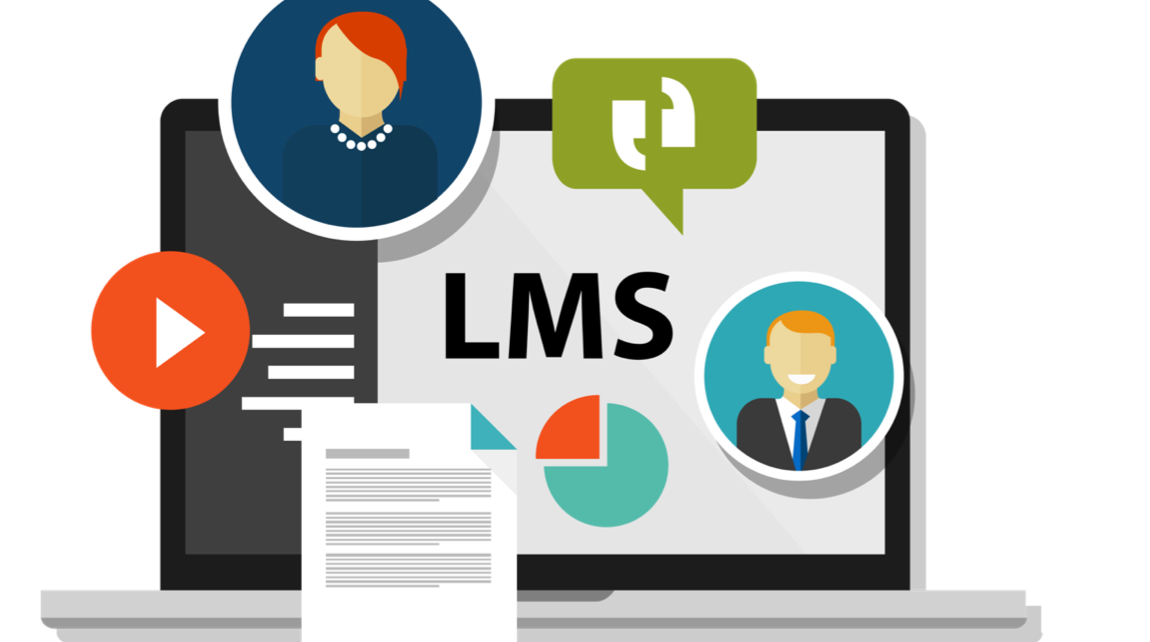The rapid advancements in digital technology have revolutionized numerous industries, and education is no exception. One of the most significant shifts in recent years has been the widespread adoption of video-based Learning Management Systems (LMS) and learning apps. These tools have transformed the traditional classroom setup, enabling learners to access quality education from anywhere in the world, at any time. This article explores how video LMS platforms and learning apps are reshaping the educational landscape and the key features that make them powerful tools for modern learning.
The Role of Video LMS in Modern Education
A Learning Management System (LMS) is a digital platform that facilitates the delivery, management, and tracking of educational content. While LMS platforms have been around for years, the integration of video into these systems has dramatically enhanced their functionality. Video LMS platforms provide learners with video-based instruction, which is often more engaging, dynamic, and effective than text-based lessons alone.
- Enhanced Engagement – Video content is inherently more engaging than traditional text-based materials. With videos, learners can visually see and hear explanations, demonstrations, and examples, making it easier to understand complex concepts. Additionally, learners are more likely to remain focused and retain information from video lessons, as they combine visual and auditory learning modes.
- Flexible Learning – One of the main advantages of video LMS platforms is the flexibility they offer. Learners can access course materials, lectures, and tutorials at their own pace, from anywhere, and at any time. This flexibility is particularly beneficial for working professionals, distance learners, or students who need to fit learning around their schedules.
- Interactive Learning Experience – Modern video LMS platforms often include features like quizzes, polls, and discussion forums that allow learners to interact with the content. Some platforms even integrate live video streaming for real-time classroom experiences, where learners can ask questions, participate in discussions, and engage with instructors and peers.
- Adaptive Learning and Personalization – Video LMS platforms can use data analytics to track learner performance and adapt the content accordingly. This can help create a personalized learning experience, where the platform recommends videos, lessons, or exercises based on the learner’s progress and skill level. This personalized approach increases the effectiveness of learning and helps students stay motivated.
- Cost-Effective and Scalable – Video-based learning is also cost-effective for both educational institutions and learners. By recording lectures and lessons, instructors can scale their courses to reach a larger audience without the need for additional resources. Learners, on the other hand, can access high-quality education at a fraction of the cost of traditional classroom learning.
The Rise of Learning Apps: A New Era of Education
In tandem with the growth of video LMS platforms, learning apps have emerged as a popular medium for education, especially among younger, tech-savvy audiences. Learning apps, often available on smartphones and tablets, provide an accessible, interactive, and portable way to learn. With an increasing number of educational apps offering video lessons, gamified learning, and personalized content, these apps are transforming how learners of all ages approach education.
On-the-Go Learning – Learning apps allow users to learn anytime and anywhere, directly from their smartphones or tablets. Whether it’s watching a quick video tutorial during a commute or revisiting key concepts before an exam, the portability of learning apps makes education more accessible than ever before.
Interactive and Gamified Learning – Learning apps often incorporate interactive elements and gamification to make education more engaging. Quizzes, challenges, rewards, and leaderboards can motivate learners to complete courses and stay engaged. Many apps also feature interactive video content where users can answer questions or participate in simulations in real-time.
Microlearning – One of the key advantages of learning apps is their ability to deliver microlearning content—short, focused lessons that are easy to digest in small bursts. Microlearning videos, often lasting just a few minutes, are perfect for learners looking to acquire specific skills or knowledge without committing to lengthy sessions.
AI-Powered Personalization – Many modern learning apps use artificial intelligence (AI) to personalize the learning experience. Based on user behavior, learning apps can recommend courses, videos, or exercises tailored to the individual’s learning pace and preferences. This AI-driven personalization enhances learner engagement and ensures that the content remains relevant and effective.
Wide Range of Subjects – Learning apps cover a broad spectrum of subjects, from academic courses like math and science to skills development in areas such as coding, design, and languages. Popular learning apps like Duolingo, Coursera, and Khan Academy offer video-based lessons that allow users to learn at their own pace, making education more diverse and comprehensive.
Video Content as the Core of Digital Learning
Video content has become the centerpiece of both video LMS platforms and learning app. From pre-recorded lectures to live streaming of classes, video helps learners absorb information more effectively and stay engaged throughout their learning journey. The combination of videos with interactive elements like quizzes and assignments ensures that learners not only passively consume content but also apply their knowledge in real-time.
Mobile-First Learning
As smartphones become the primary device for many users, especially in countries like India, learning apps have adopted a mobile-first approach. Educational institutions and businesses are increasingly optimizing their video LMS platforms for mobile use, ensuring that learners can access high-quality video content regardless of their device. This trend is likely to continue as mobile usage rises globally.
How Video LMS and Learning Apps Are Shaping the Future of Education
The integration of video content into LMS platforms and learning apps is reshaping education in several key ways:
Accessibility:
Education is becoming more accessible to people from different walks of life, especially those in remote areas or developing countries, where traditional educational institutions may not be easily accessible. Learning apps and video LMS platforms provide these learners with the tools and resources to access top-tier education.
Lifelong Learning:
As the workforce evolves, continuous learning has become essential. Professionals are using video LMS platforms and learning apps to upskill and reskill in various fields. Whether it’s learning new software, developing soft skills, or studying industry-specific knowledge, these platforms make lifelong learning feasible.
Collaboration and Community:
Many video LMS platforms and learning apps emphasize collaborative learning by integrating social features. Students can interact with each other, share knowledge, and work on group projects, creating a sense of community even in a virtual setting. These platforms also allow instructors to offer real-time feedback through live video sessions.


